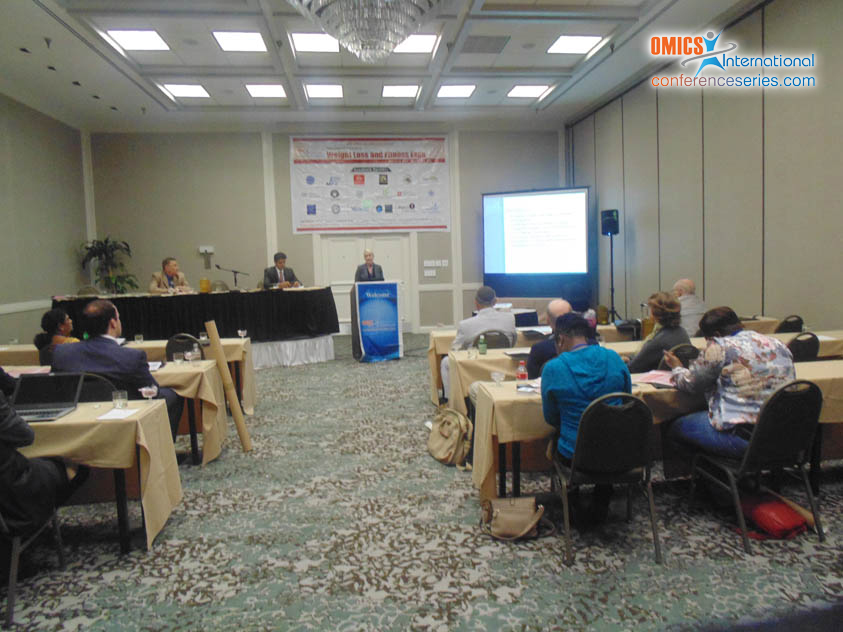
Abdeslam Hamrani
Lodz University of Technology, Poland
Title: Prevalence of metabolic syndrome and its individual components among Moroccan adolescents: The role of overweight-obesity and excess body fat
Biography
Biography: Abdeslam Hamrani
Abstract
The prevalence of obesity and related diseases such as Metabolic Syndrome (MetS) are increasing in young populations over the world, especially in developing countries. Th is study aimed to estimate the prevalence of MetS and its individual components and to assess their association with both overweight-obesity and excess body fat. Th is study included 192 adolescents (77 boys and 115 girls) aged 11 to 17 years. Blood pressure, anthropometric measurements, glucose and lipids levels from fasting blood samples were determined. Percent body fat was estimated using deuterium oxide. MetSwas defi ned according to international diabetes federation criteria. Th e prevalence of MetS among overweight-obese adolescents was 18.6% while it was not observed in their normal weight counterparts. Th e most common abnormality found in the study population was reduced HDL-cholesterol (26.6%) followed by elevated fasting blood glucose (22.4%) and high waist circumference (19.3%). Among overweight-obese groups, the rates of individuals with raised TG and reduced HDL-cholesterol were signifi cantly higher in boys than girls. Overweight-obese subjects had higher odds of having at least two MetS components (OR=5.37) or at least three MetS components (OR=11.80). Excess body fat showed similar degrees of association with clustering MetS components. In conclusion, the prevalence of MetS and its individual components was quite high among the study population particularly among overweight-obese adolescents. MetS components were strongly associated with both overweight-obesity and excess body fat. MetS and its components might be best predicted by obesity indexes determined according to age and body mass index in adolescents than accurate percent body fat






